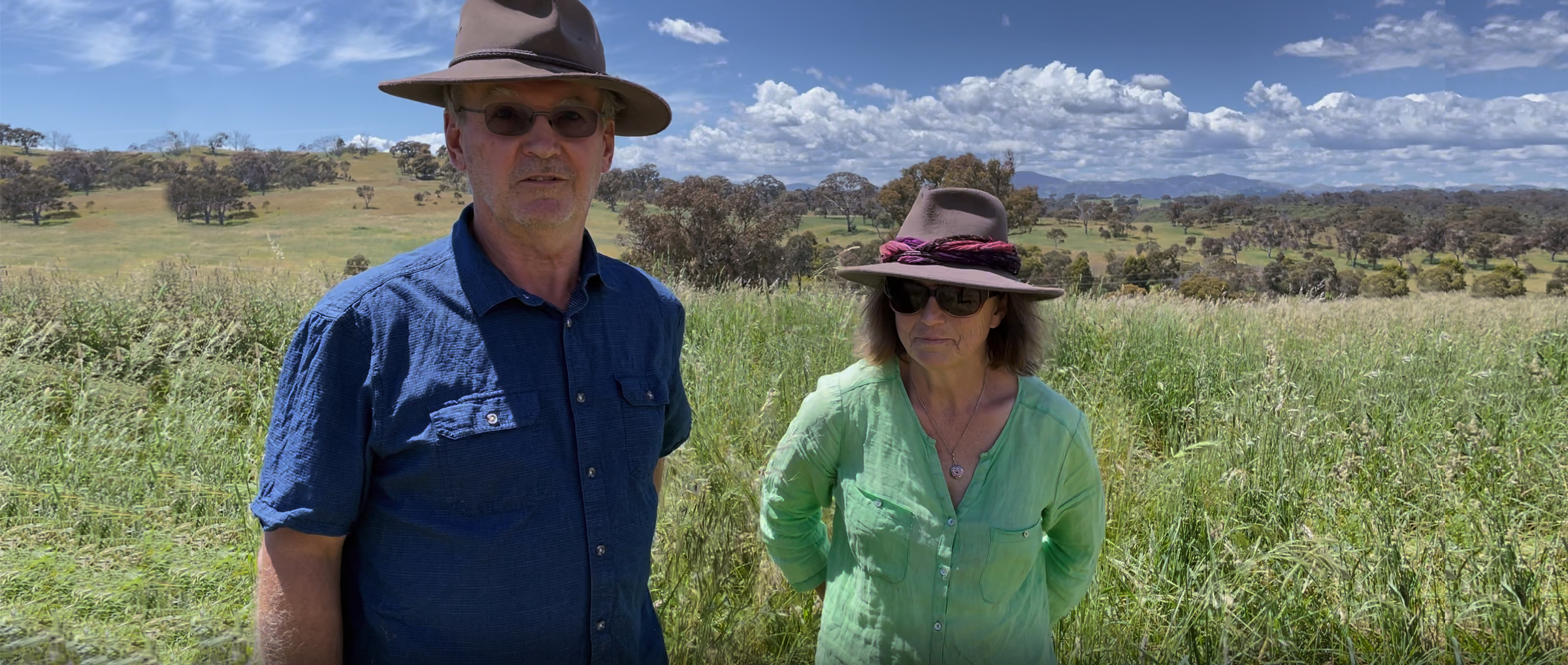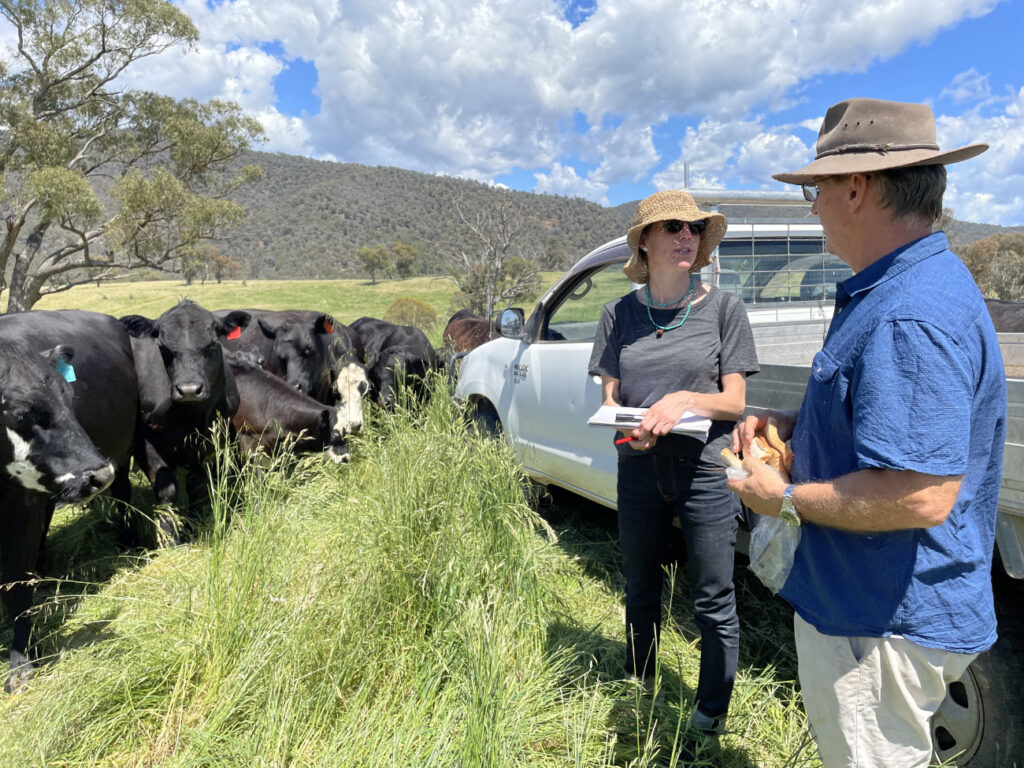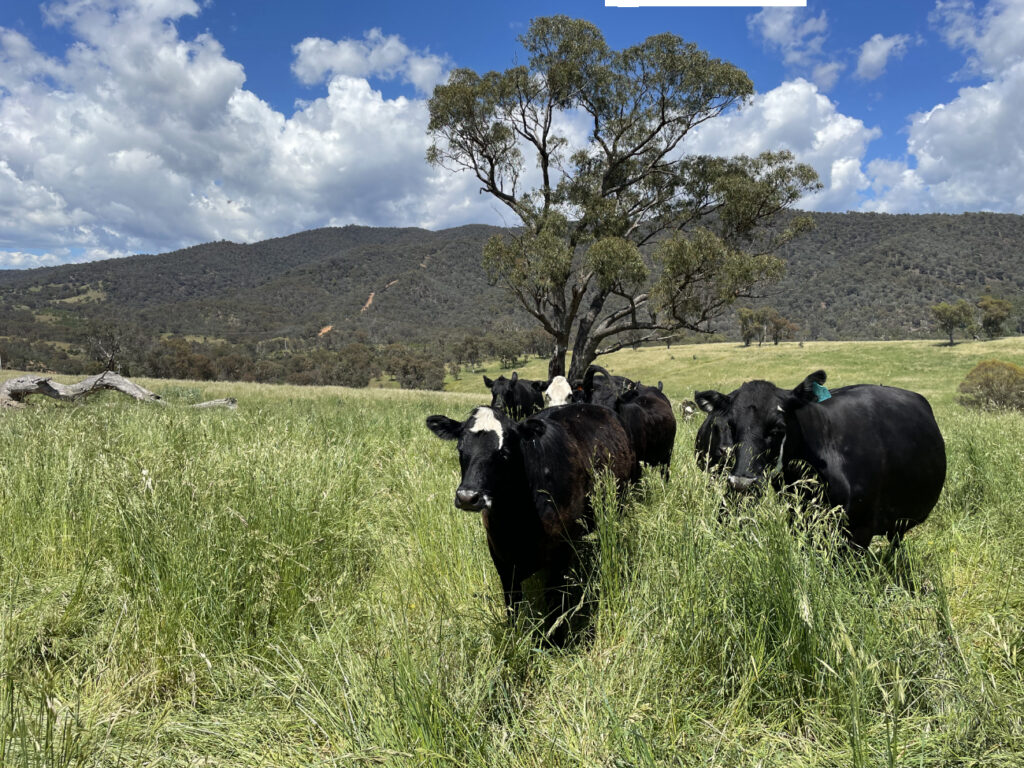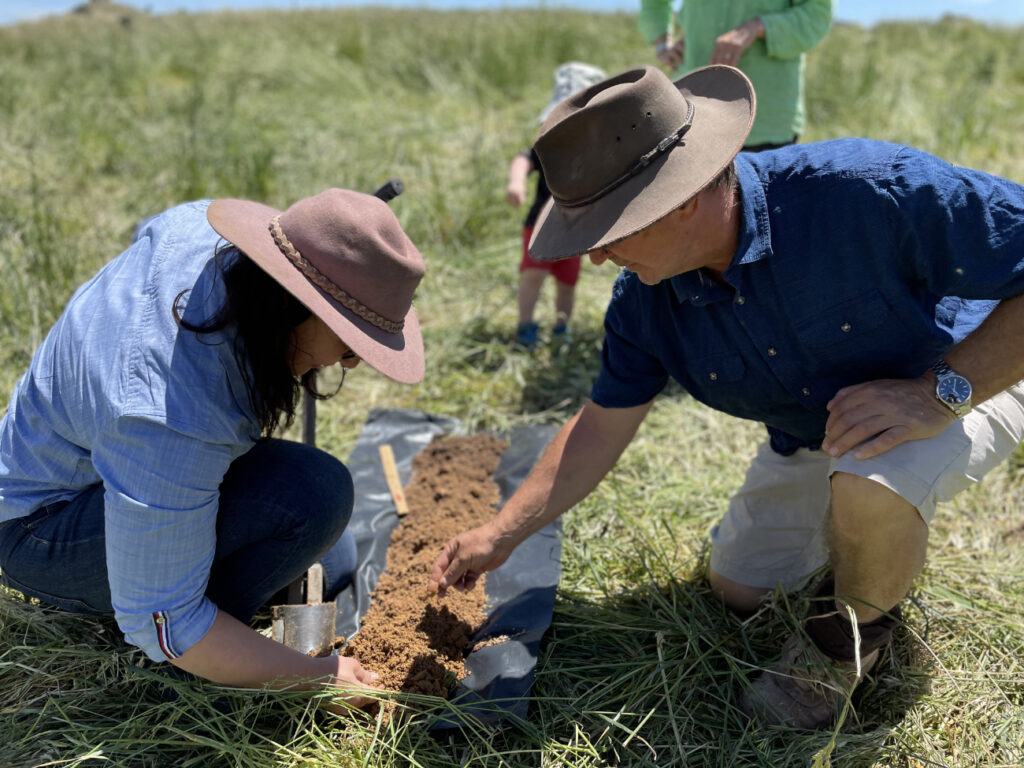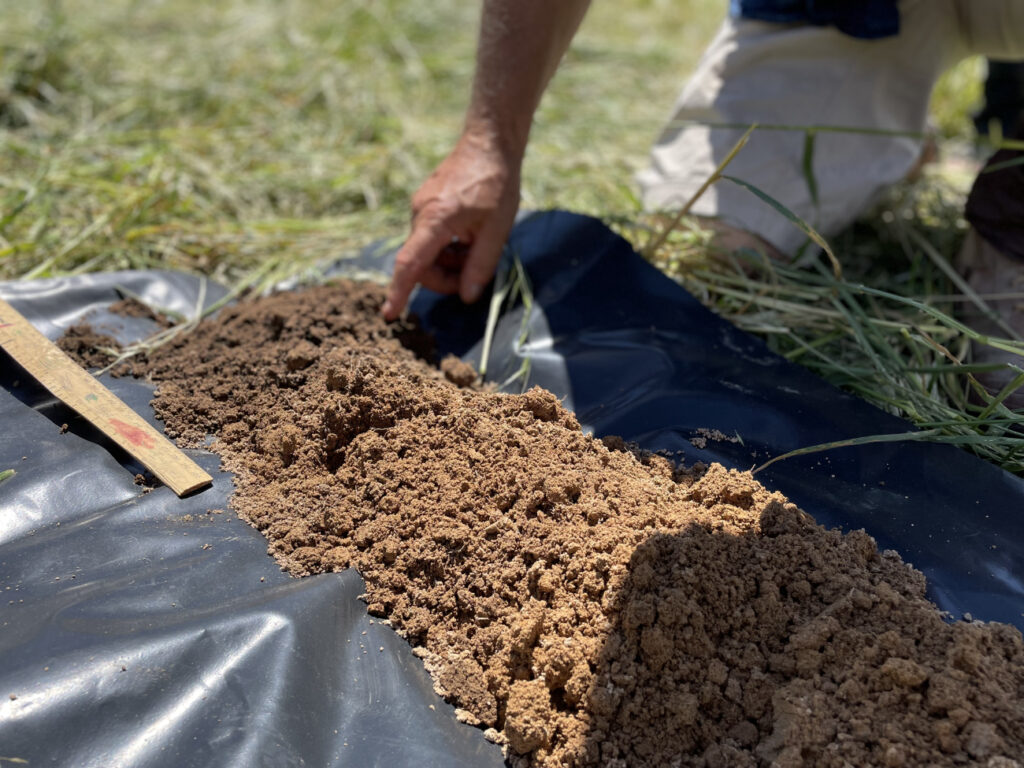'Collaboration, Chickens and Carbon'
The story of Amberly Farm
Amberly Farm is a 105-hectare mixed enterprise property on Canberra’s urban fringe, producing free-range eggs, breeder cattle, and market greens. The Lilleymans purchased Amberly in 2012 and soon after began transitioning their cattle management to rotational grazing through fencing and water infrastructure upgrades.
Beginning in 2015, the Lilleymans implemented multiple revegetation projects, including Whole of Paddock Restoration undertaken in collaboration with the ACT Government and Greening Australia, resulting in the planting of over 800 native trees. In 2017, they introduced pastured chickens to increase nutrient cycling and improve soil health. Following the introduction of the chicken enterprise, the Lilleymans stopped applying any form of synthetic fertilisers.
Outcomes
In 2020, in partnership with ACT NRM, the Lilleymans sent soil samples for lab testing to understand the influences of chicken rotations on their soil. At the sites sampled, the testing indicated an increase in soil pH, carbon, nitrogen, and phosphorus following grazing and manuring
by pastured chickens. The Lilleymans can use these trends to inform management decisions, and a long-term soil sampling and testing regime for ongoing monitoring.
Collaboration
The Lilleymans’ curiosity and commitment to farm more regeneratively drives their collaborations with organisations such as ACT NRM and Soils For Life. In partnership with these and other organisations, eight
sampling events have been undertaken at Amberly between 2013 and 2021. Similar partnerships may support future soil sampling, testing, and monitoring regimes to confirm changes in soil properties over time.
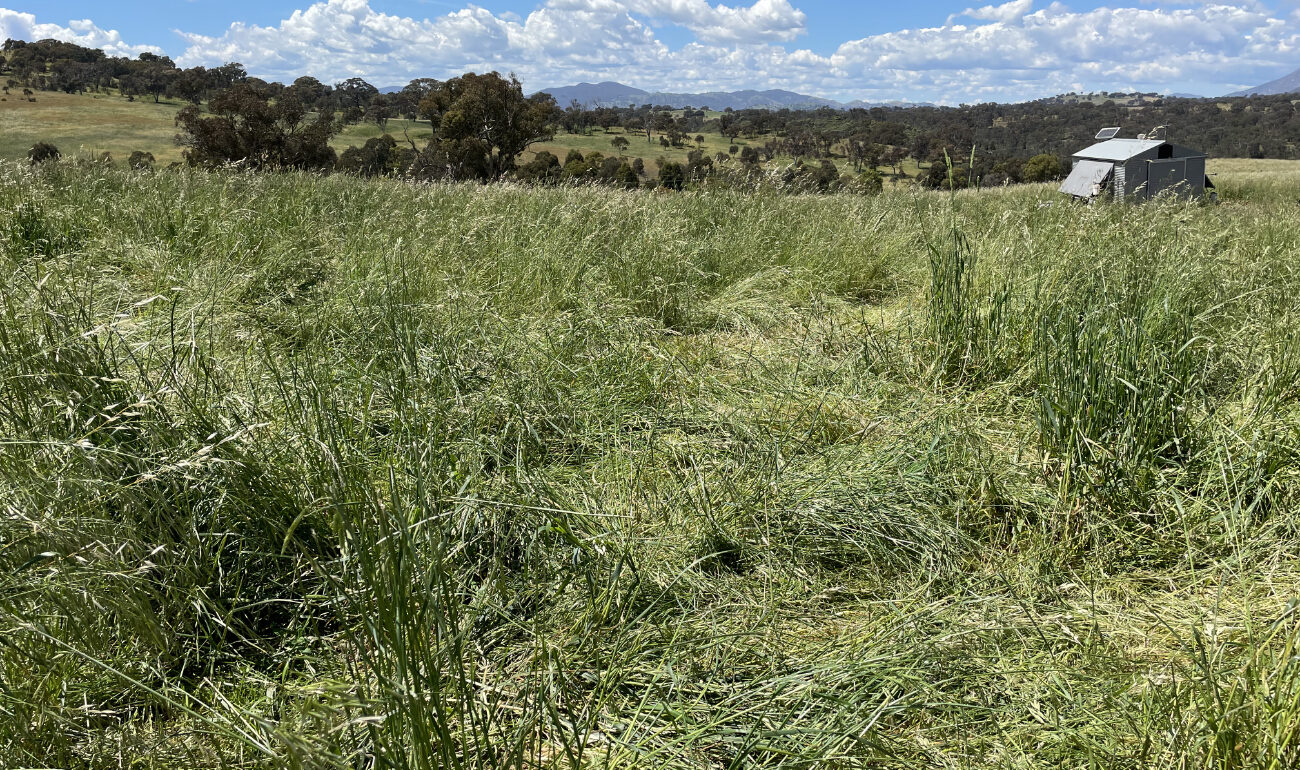
Tools to understand soil and landscape change
It’s also important for farmers to have the knowledge and capability to undertake their own long-term in-field observations and monitoring. If you like to find out more about soil monitoring or are interested in joining a group of farmers learning about in-field
observations send us an email to [email protected], including a sentence or two about why you’re interested. For more information, read the full Amberly Case Study.
This project is delivered by Soils for Life through funding from the Australian Government’s National Landcare Program.




